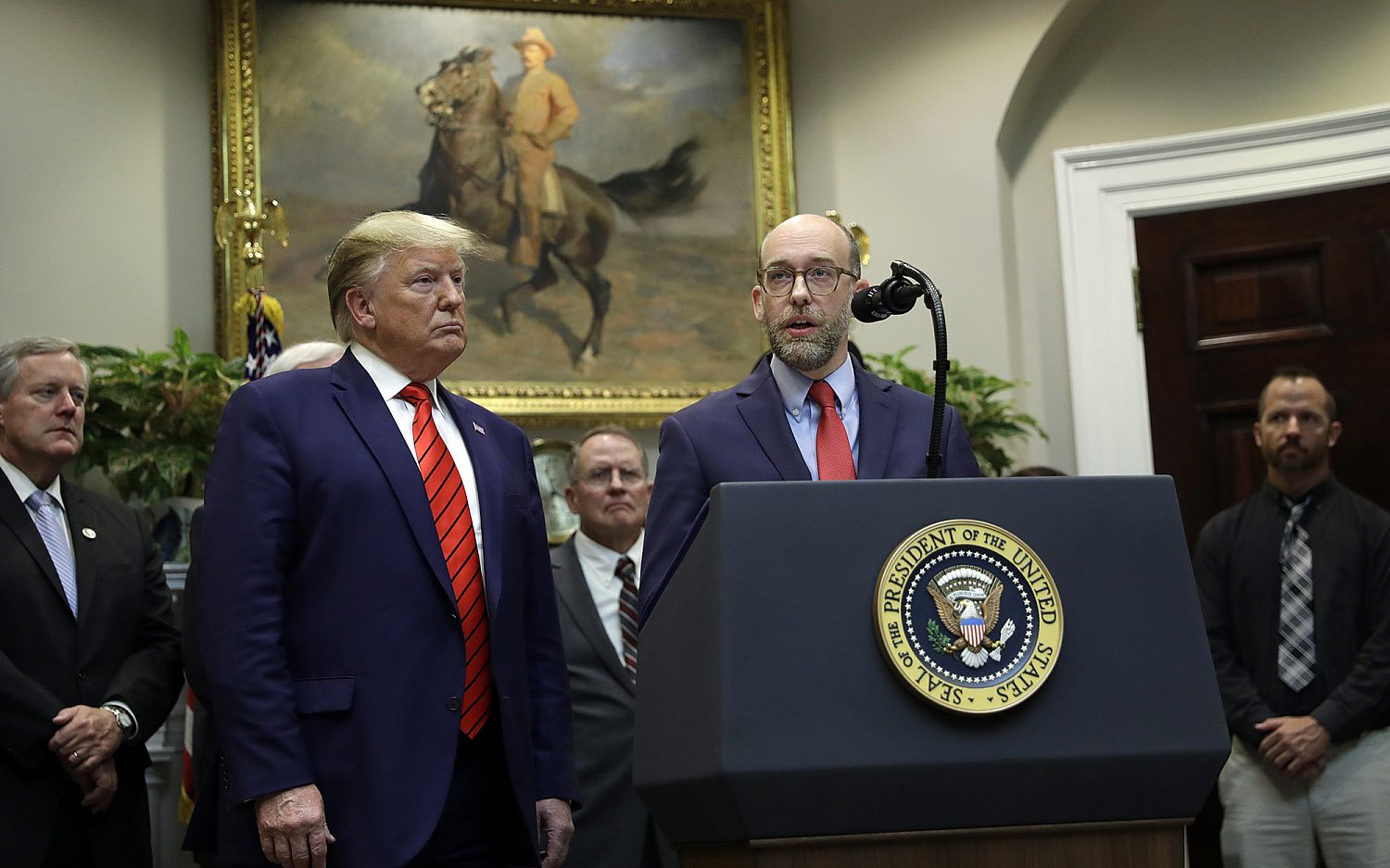Ethanol crops take over hunting grounds
The government-driven demand for corn ethanol is ruffling feathers with another government program intended to preserve prairie and wildlife habitat. The result? A bird-hunting industry that’s going down.
For four decades the federal government has actively supported ethanol, which is made by fermenting and distilling corn, as a cleaner energy source that lessens dependence on foreign fuel. Refineries were initially given a tax credit to produce the grain alcohol, and in 2007 Congress required oil companies to blend gasoline sold in the United States with 10 percent ethanol. This has led to huge increases in corn production, with Iowa turning about 45 percent of its corn crop into ethanol last year.
On the other hand, the 1985 U.S. Conservation Reserve Program (CRP) pays landowners not to farm their property to boost populations of ducks, ring-necked pheasants, prairie chickens, Columbian sharp-tailed grouse, and other wildlife that fare poorly on cultivated land. But in recent years, rising crop prices have overshadowed the fees paid to landowners by the CRP. Many landowners find it makes economic sense to turn native prairies into cornfields.
These conflicting governmental and market forces are leaving their mark on bird hunting, an industry which brings in millions of dollars to the local economies of most corn-growing states. In South Dakota, pheasant hunting drew $170 million into the state economy last year. But many formerly vibrant hunting lands are being lost to corn production. Pheasants once drew hundreds of weekend hunters to Fairbury, Neb., each fall, filling the 45 rooms at the Capri Motel with sportsmen toting dogs, shotguns, and plenty of blaze orange clothing. This year, the Capri rented just two rooms to out-of-state hunters on opening weekend. “We don't have the habitat we had 20 years ago,” said Randy Brown, the hotel's owner. “Everything’s against the pheasants right now.”
Since the government's ethanol requirement took effect, Iowa, Kansas, Minnesota, North Dakota, South Dakota, and Nebraska have lost 2.8 million acres from CRP, as farmers planted nearly 10 million more acres of corn. Over that period, pheasant harvests in those states dropped by 44 percent, according to data collected from state biologists.
Before the 2007 ethanol requirement, the conservation program grew every year for nearly a decade. Farmers began leaving the program immediately after the mandate. Meanwhile, Congress cut money for the program, reducing the amount of farmland that could be placed in conservation.
The tide may be changing, however, as the Environmental Protection Agency (EPA) recently proposed lowering the required amount of ethanol in the nation's fuel supply for the first time. This move by the EPA shows ethanol’s eroding political clout: Whereas for decades presidential candidates were virtually guaranteed defeat in Iowa if they did not back federal ethanol subsidies, five of the six top Republican candidates opposed federal interventions into the corn market in the 2012 campaign.
The Associated Press contributed to this report.
An actual newsletter worth subscribing to instead of just a collection of links. —Adam
Sign up to receive The Sift email newsletter each weekday morning for the latest headlines from WORLD’s breaking news team.




Please wait while we load the latest comments...
Comments
Please register, subscribe, or log in to comment on this article.